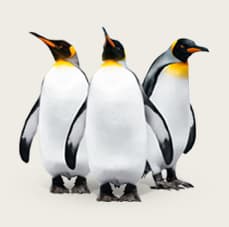Site Search Results
Following are the results for your search.
-
Helping the Cuban Crocodile
https://stlzoo.org/blog/helping-the-cuban-crocodile -
Saint Louis Zoo Association Elects New Officers, Names New Members
https://stlzoo.org/news/press-release2 -
St. Louis Zoological Park Subdistrict Commission Elects Two New Commissioners
https://stlzoo.org/news/zoo-commission-elects-two-new-commissioners -
Saint Louis Zoo Names Two Proven Leaders to Direct Zoo and New North Campus Efforts
https://stlzoo.org/news/saint-louis-zoo-names-two-proven-leaders-to-direct-zoo-and-new-north-campus-efforts -
Saint Louis Zoo Debuts Plans for Primate Canopy Trails
https://stlzoo.org/news/primate-canopy-trails-news-release -
Somali Wild Ass Foal Born at Saint Louis Zoo
https://stlzoo.org/news/somali-wild-ass-foal-born-july-30-2019-close -
Saint Louis Zoo Granted Prestigious AZA Accreditation
https://stlzoo.org/news/saint-louis-zoo-granted-aza-accreditation -
Representing the Hellbender in Virginia
https://stlzoo.org/blog/representing-the-hellbender-in-virginia -
Saint Louis Zoo Announces a Pregnant Elephant
https://stlzoo.org/news/elephant-pregnancy -
One Health Day 2019
https://stlzoo.org/blog/one-health-day-2019

